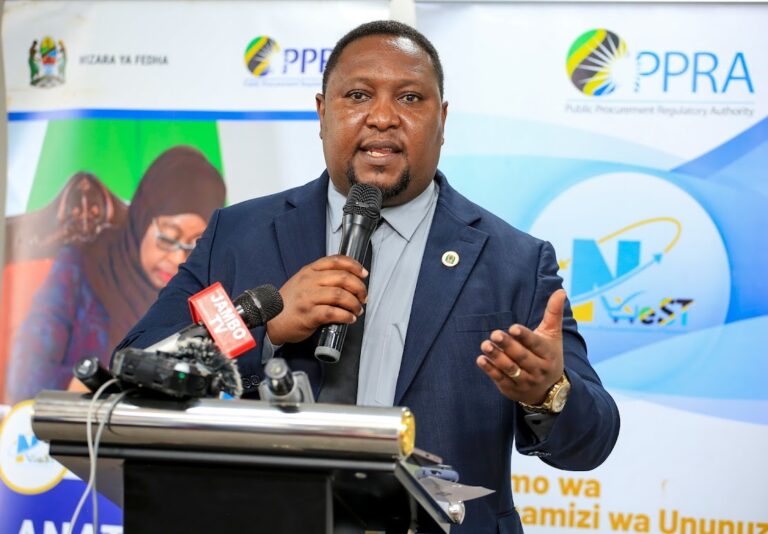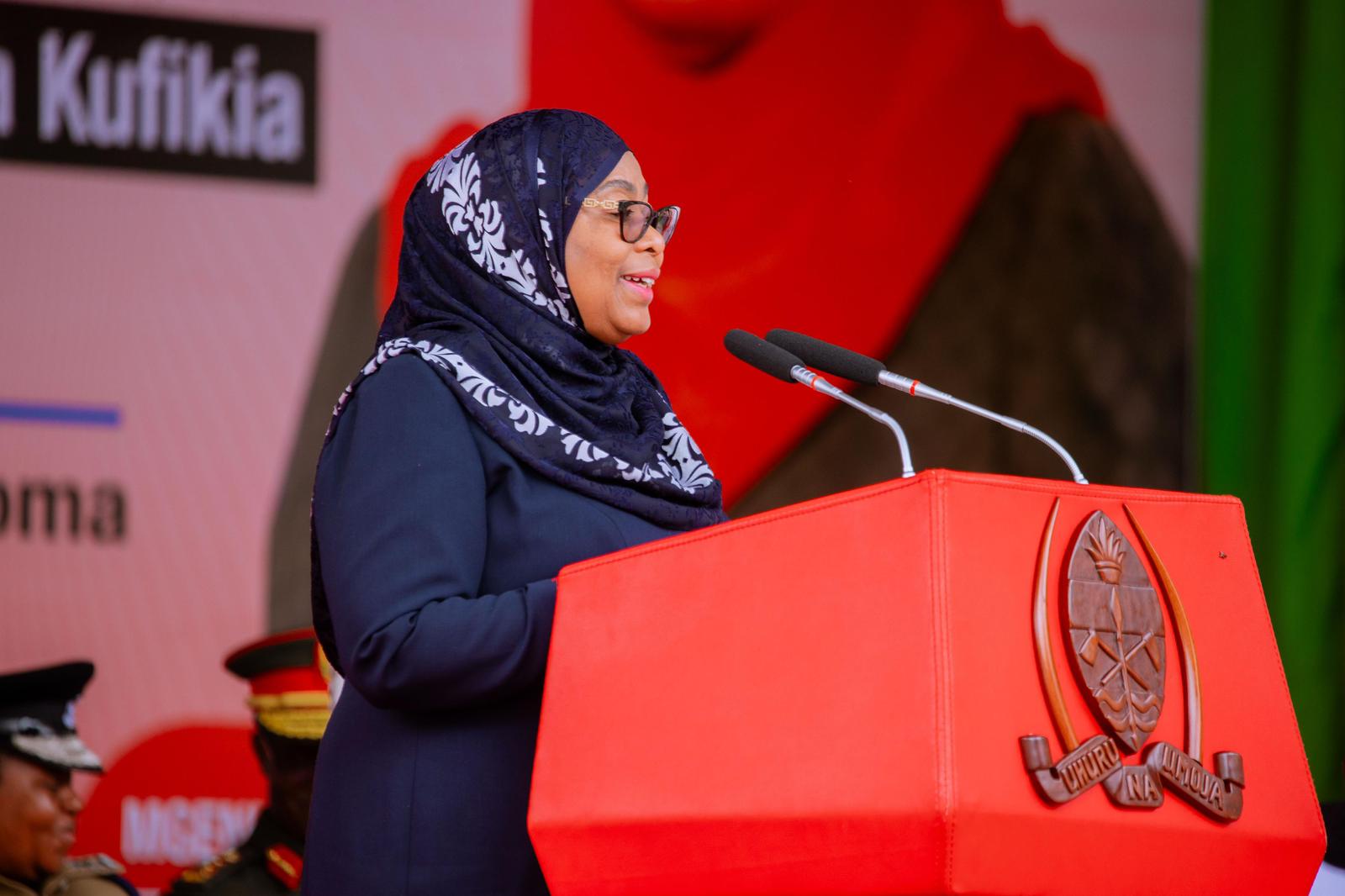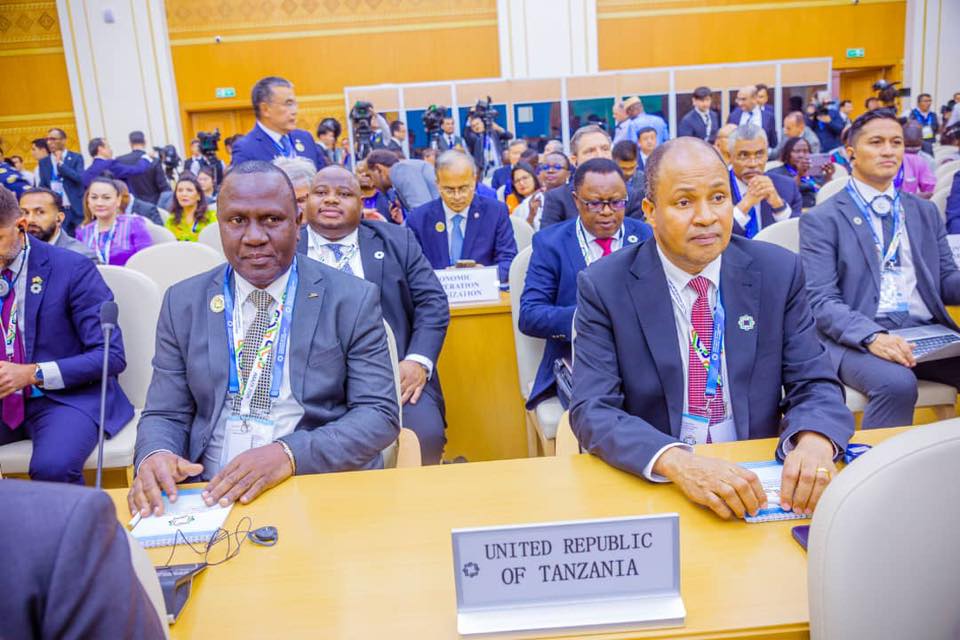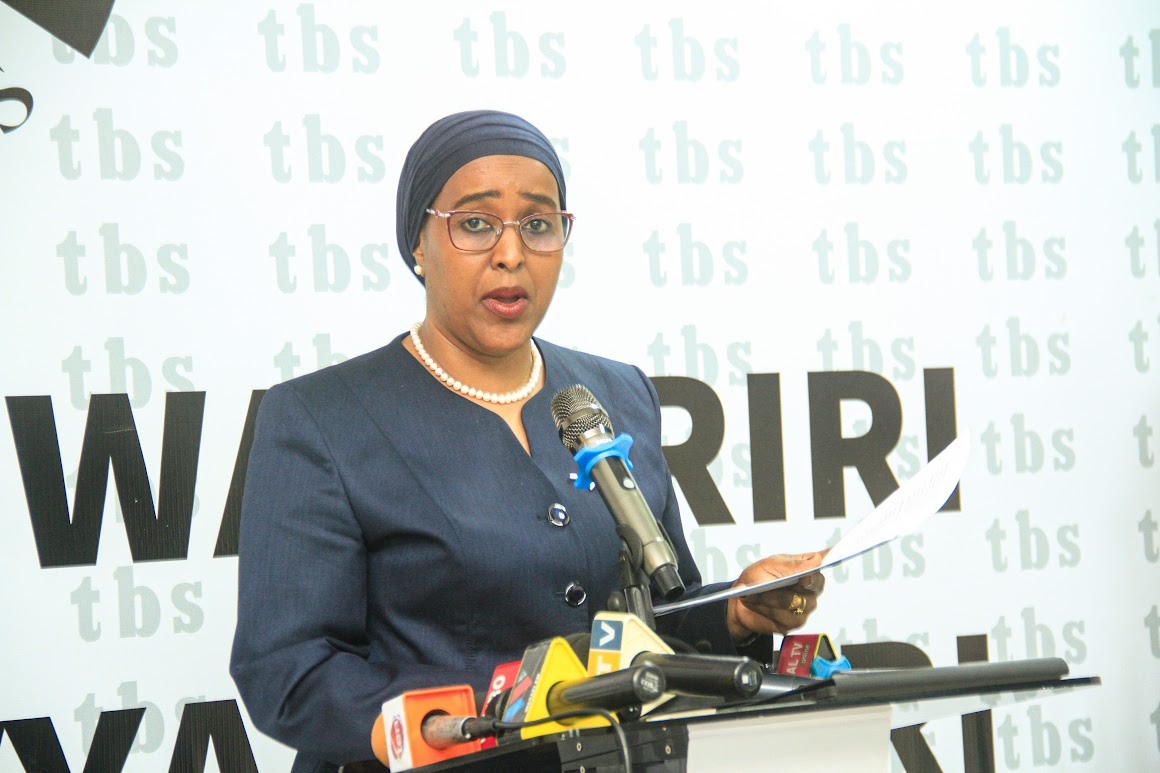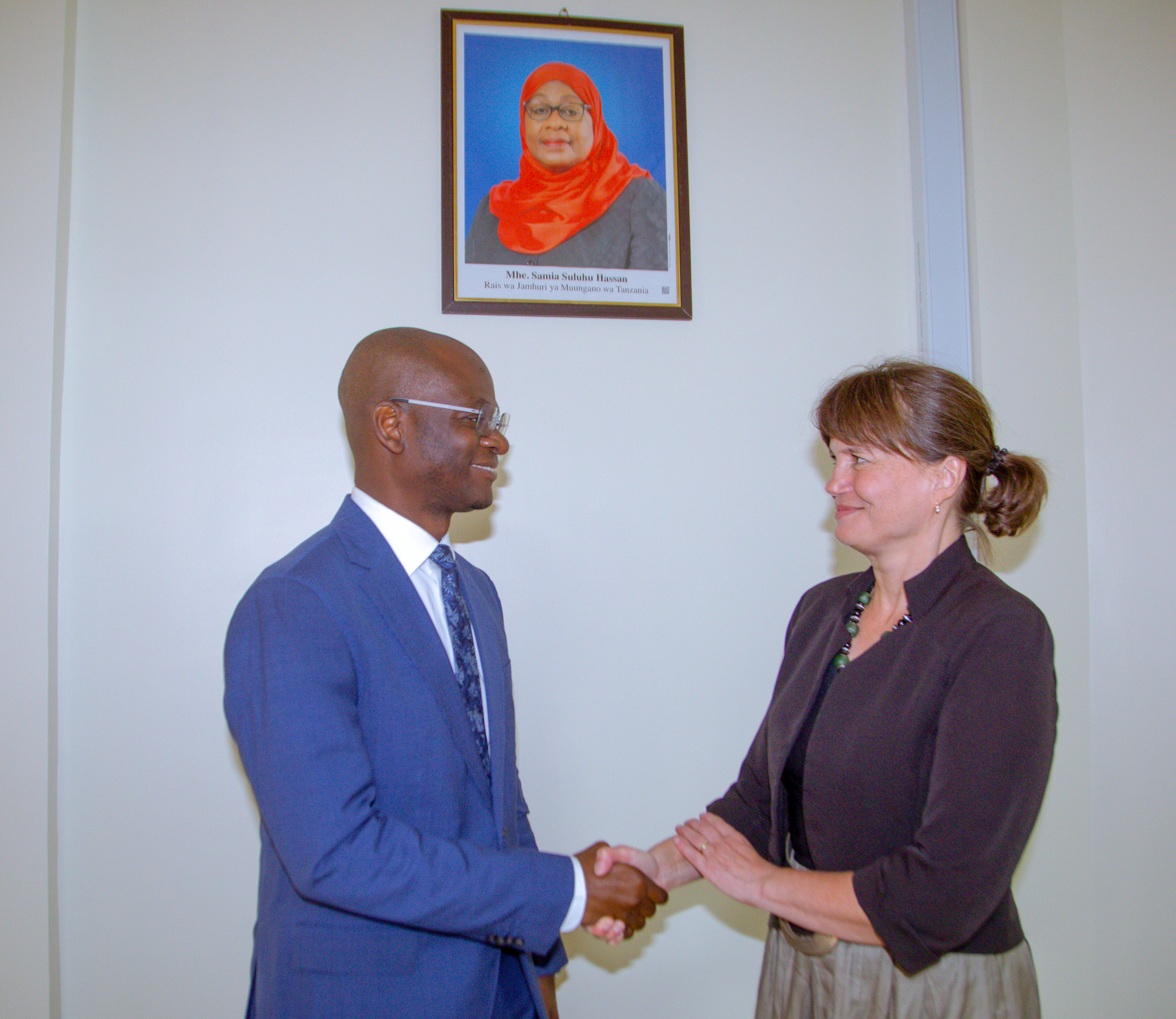Dodoma. The government saved over Sh13.3 billion during the 2023/24 financial year following the full adoption of the National e-Procurement System of Tanzania (NeST), a platform that has replaced paper-based tendering processes in public procurement.
According to the Public Procurement Regulatory Authority (PPRA), the savings, equivalent to $4.93 million, are attributed to the elimination of expenses that would have otherwise been incurred on paper during the preparation and completion of tenders.
Speaking during a recent stakeholders’ forum, PPRA director general, Dennis Kwame Simba, revealed that the NeST system also contributed to a reduction of 617.85 metric tonnes in carbon emissions, underscoring the environmental benefits of digitalisation in procurement.
“In the 2023/24 financial year alone, preliminary assessments show that the use of NeST has significantly cut down procurement processing time by allowing procuring entities to access bidders’ information more efficiently,” he said.
Launched officially on September 9, 2024, by Deputy Prime Minister and Minister for Energy Doto Biteko, NeST was rolled out nationwide from July 1, 2023, replacing the former Tanzania National e-Procurement System (TANePS), which had experienced multiple operational challenges.
The NeST system is managed by PPRA under the ministry of Finance and was developed to promote transparency, accountability, and efficiency in public procurement through modern technology.
Its construction began on July 18, 2022, and it features six main modules: e-Registration, e-Tendering, e-Contract, e-Payment, e-Catalogue/e-Market Place, and e-Auction.
Out of these, e-Registration and e-Tendering have been fully operational, while the e-Contract and e-Payment modules was undergoing pilot implementation and was expected to be in full use by April 2025.
The e-Catalogue and e-Auction modules are slated for development in the 2025/26 financial year.
“So far, 34,678 bidders have been registered on the platform, including 33,114 from within Tanzania and 1,564 from foreign countries,” Mr Simba said.
On the buyers’ side, a total of 57,993 procuring entities have been registered on NeST, comprising 1,215 central and delegated government institutions and 56,778 local government units.
The system currently hosts 117,900 registered users, of whom 53,584 are designated as vendor supervisors.
The system is also integrated with more than 20 other government platforms to enable seamless verification and sharing of data.
“Moreover, a mobile application has been developed to facilitate the participation of lower-level public institutions such as schools, health centres, and village offices, as well as to ease access to tenders for bidders regardless of location,” Mr Simba added.
Challenges
Despite these achievements, PPRA has identified several challenges, including limited ICT infrastructure in remote areas, inadequate user knowledge within some procuring entities—especially at the local government level—and a shortage of skilled human resources to support and sustain the system.
To address these concerns, the government has partnered with the Universal Communications Service Access Fund (UCSAF) and telecom providers to expand internet coverage.
As of February 1, 2025, NeST has also been integrated into the President’s Office Regional Administration and Local Government [PO-RALG]’S network, allowing local authorities to access the system directly. Additionally, 368 ‘champions’ have been trained to provide user support in every local council.
PPRA is also working to build the capacity of system developers and procurement professionals, particularly in understanding and applying emerging technologies.
Continuous training and recruitment of competent and ethical staff are also ongoing.
Looking ahead to the 2025/26 financial year, PPRA plans to commence the development of the e-Auction and e-Catalogue modules.
It also intends to finalise price cap studies for selected goods to curb inflated procurement costs, complete a study on contract price adjustment formulas, and strengthen real-time monitoring of tendering and contract implementation through a ‘Procurement Situation Room’ approach.
The move is expected to enhance compliance with procurement regulations and help curb wastage and financial losses due to inefficient or unlawful procurement practices.

